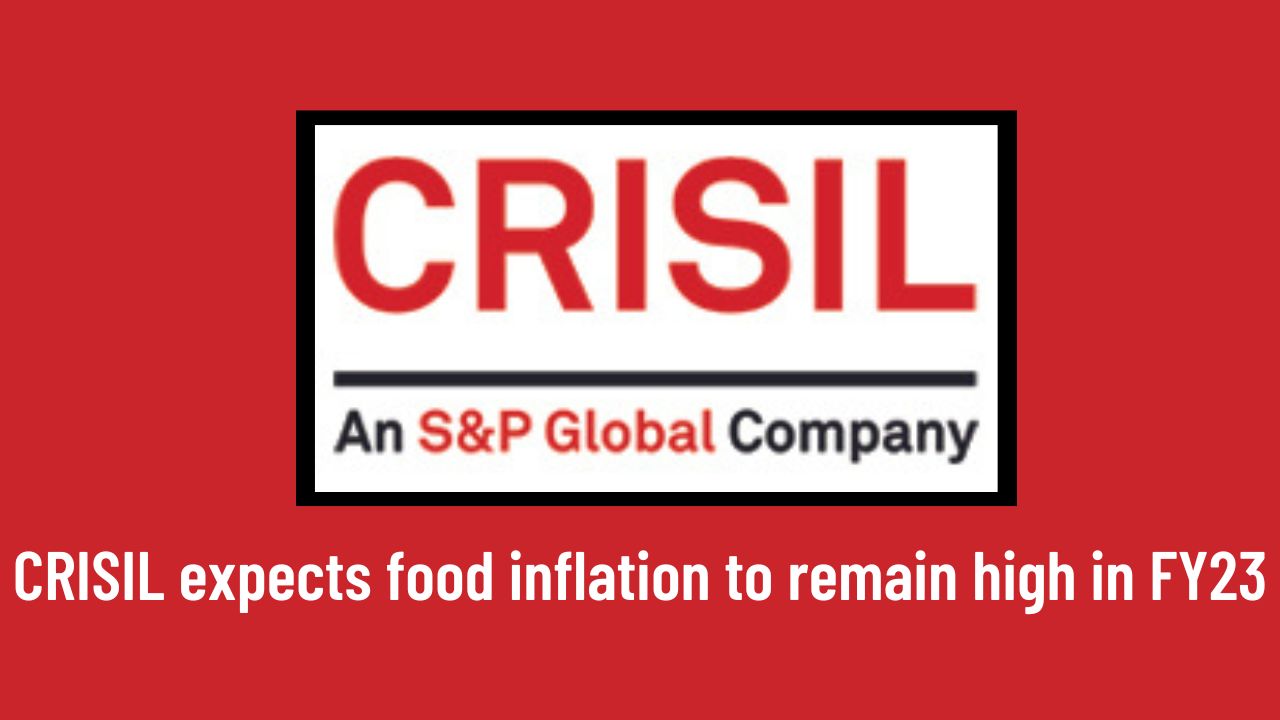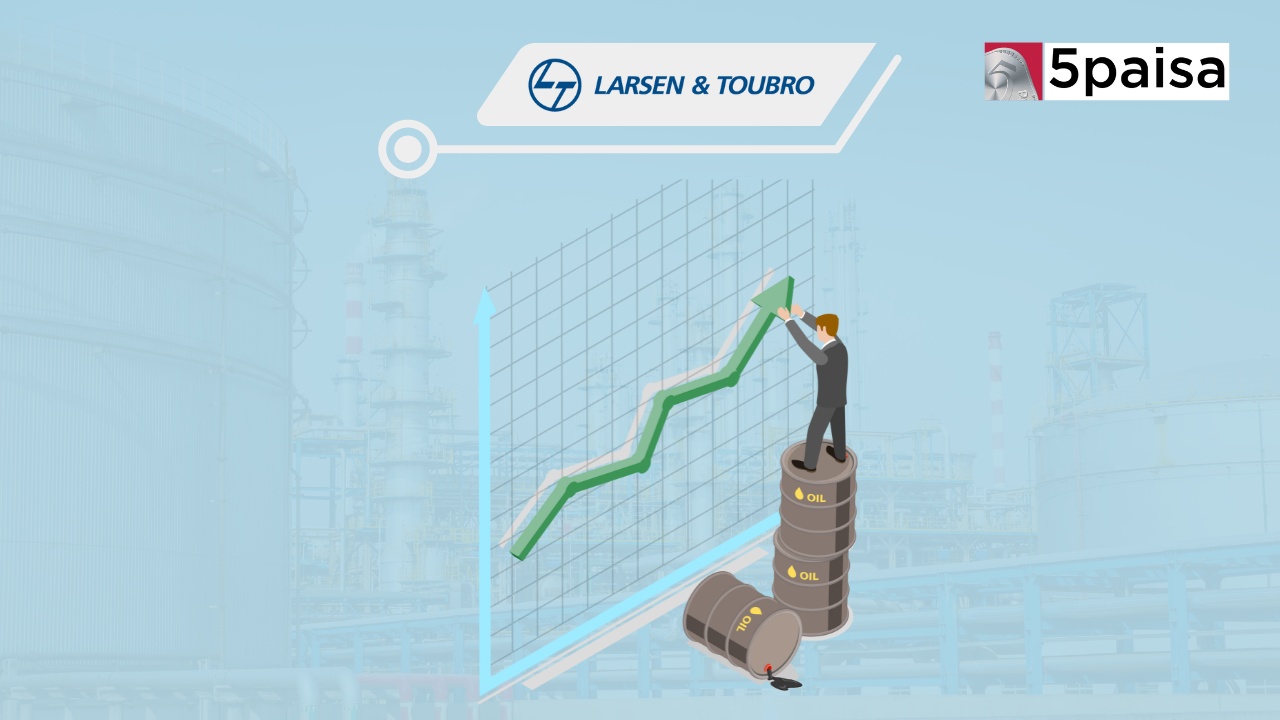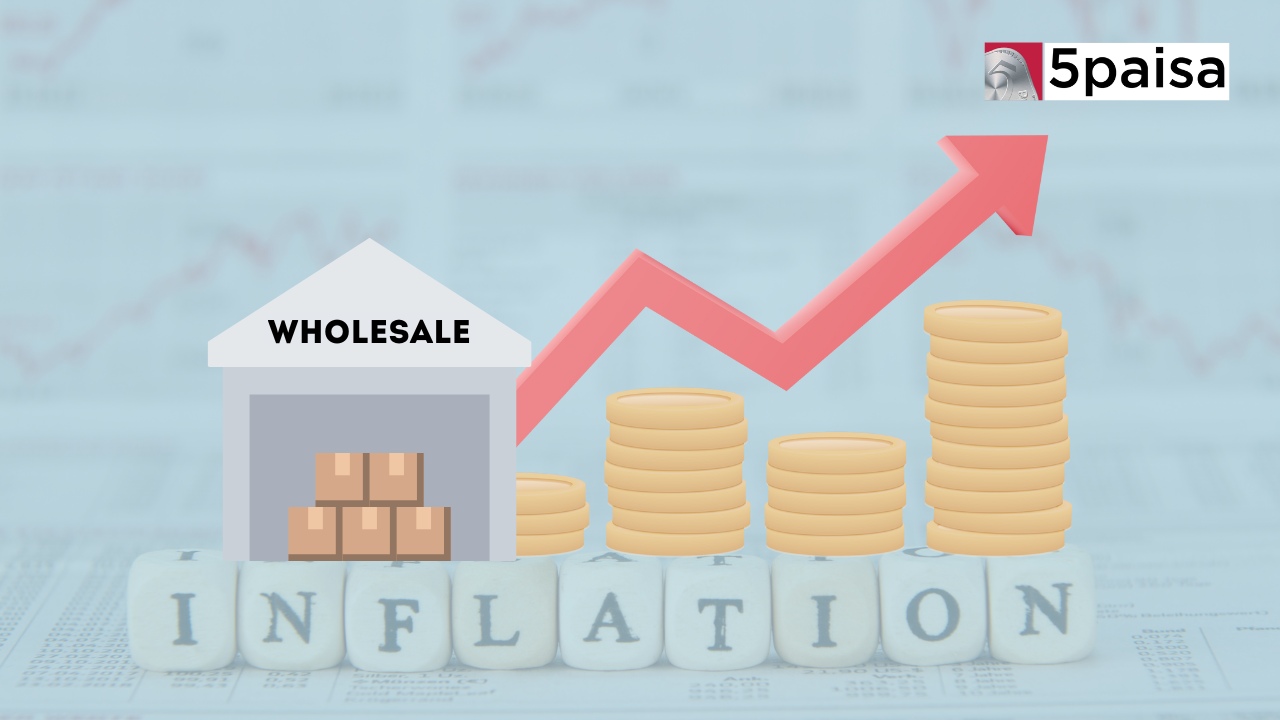Here is why CRISIL expects food inflation to remain high in FY23

As the debate over the Indian inflation number continues, a recent report by CRISIL has pegged food inflation for FY23 at closer to 7%. According to CRISIL, unlike in previous years, when core inflation used to be the driver of consumer inflation, this time around it is food inflation. They expect that India's headline inflation would trail the movements in food inflation much more closely. After all, food basket has a weightage of nearly 40% in the overall CPI inflation basket. In short, food inflation could play spoilsport in RBI efforts.
In the realm of inflation it is inflation expectations that matter more than the actual inflation. Food inflation being the closest and most visible, tends to have an inordinate influence on retail inflation expectations. According to CRISIL, in the case of food items, the frequency of purchase is very high and hence it automatically tends to shape inflation expectations. The bottom line is that, as long as food inflation remains high, inflation expectations would be high and RBI will find it tougher to anchor inflation.
There are some unique features about food inflation this year. In percentage terms, it is not a major problem. For instance, in five out of the last ten financial years, food inflation has been in the range of 6% to 12%. However, since other inflation factors were under control in the previous years, food inflation could be tempered by release of buffer stocks. This time around, the government is more halting in its release of buffer stocks since oil inflation tends to be inordinately high as is commodity inflation, and this is largely global.
According to the CRISIL report, the surge in food inflation is more supply driven than demand driven. Therefore supply side factors like the global geopolitical conflicts and domestic heat wave conditions have had a deep influence on food inflation. Here is how food inflation is driving headline inflation. Between September 2021 and June 2022, food inflation moved up from 1% to 7.7%. During this same period, headline inflation also surged from 4.3% to 7.0%. In FY23, food inflation has averaged 8% against a 5-year mean of 3.6%.
Several items in the food basket have been driving inflation higher. For instance, cereals, fruits, vegetables, meat, fish and spices have all seen a sharp spike in inflation since the start of the calendar year 2022. While the inflation in edible oils, pulses, and sugar has trended lower, the fact of the matter is that the combined weight of the tapering categories is much lower than the surging categories. This has been worsened by heatwave conditions in April and May 2022 and delayed monsoons this year, which has impacted the Kharif sowing.
Interestingly, there is also a cost-push aspect to food inflation. For instance, several inputs that are typically used in agriculture production have seen a sharp rise in prices. In fact, if you look at the weighted average WPI of farm inputs, it has surged from 9.4% in April 2021 to a whopping 28.4% in June 2022. Some of the major inflation driving inputs include fertilisers, pesticides, cattle feed and fodder. The government offers subsidy on fertilizers, but that only alleviates part of the problem. Other input costs still hit the final price.
There has been apparently been some softening in food prices, but that is predominantly on account of a handful of commodities that gained from easing of international prices and government interventions. Also, CRISIL has pointed out that beyond the normal inputs, even services like freight costs have gone up sharply and that has also pushed up food inflation in a big way. While pulses did see some tapering of prices in the current year, other food items like high protein foods and vegetables continue to remain at elevated levels.
CRISIL has also made an interesting observation beyond the cost push pressures that food inflation is facing. A series of extreme weather events are adding uncertainty to the food price outlook and these are becoming more unpredictable and more profound in impact. The message is that if the RBI really wants to make a reliable projection of headline inflation into the future, it will have to first focus on food inflation. It is food inflation that is going to drive expectations of inflation, a key factor in the RBI’s monetary fight against inflation.
- Flat ₹20 Brokerage
- Next-gen Trading
- Advance Charting
- Actionable Ideas
Trending on 5paisa
06
 Tanushree Jaiswal
Tanushree Jaiswal
Indian Market Related Articles
Disclaimer: Investment in securities market are subject to market risks, read all the related documents carefully before investing. For detailed disclaimer please Click here.
 5paisa Research Team
5paisa Research Team




